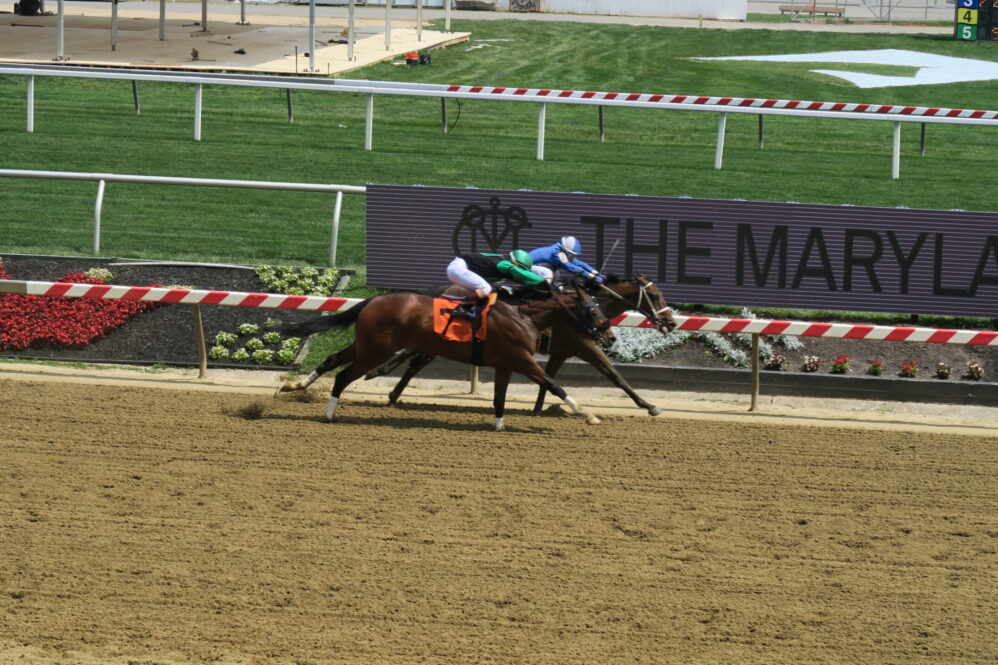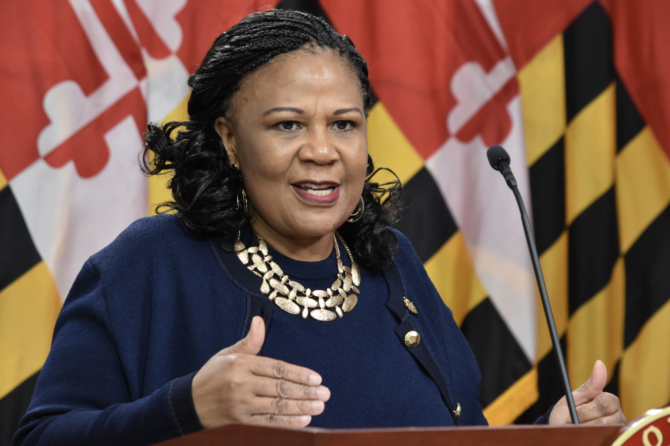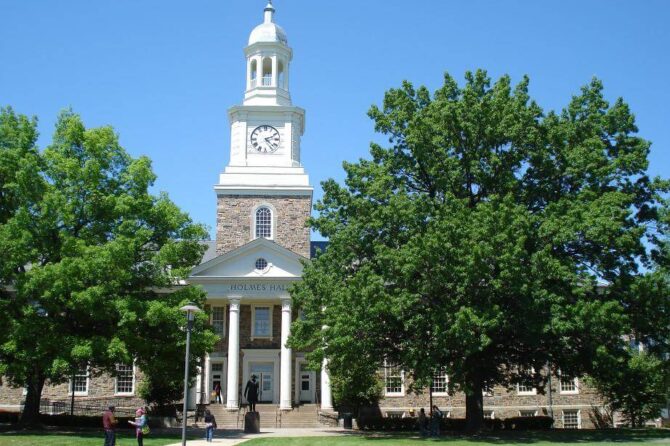MARYLAND MATTERS: In 1996, the Maryland General Assembly spent its entire legislative session debating a proposal to build a new state-funded football stadium in downtown Baltimore, along with plans to spend millions more on infrastructure for another proposed stadium for the Washington Redskins in Prince George’s County.
Every aspect of those proposals was publicly aired ad naseum; lawmakers went on the record early with their support or opposition, and some horse-trading inevitably followed. The football deals dominated the session. Political reputations rose and fell on the outcomes of those debates and votes — and their aftermath.
Almost three decades later, the state is still spending wildly on sports venues that enrich private individuals and entities. But over the last few years, the funding and policy debates have gotten dramatically shorter, the details fuzzier, the repercussions less clear.
That point was brought home just last week, when Gov. Wes Moore’s administration announced details of a proposed deal to bolster the horse racing industry in Maryland, and a powerful House lawmaker introduced legislation — weeks after the traditional bill introduction deadline — to codify the agreement.
Among lawmakers, the reaction to the substance of the deal, which will keep the internationally famous Preakness Stakes in Baltimore and provide a badly needed rebuild for Pimlico Race Course and the surrounding neighborhood, was generally positive. But the late release of the proposal, 3 1/2 weeks before the close of this year’s General Assembly session, gave some legislators pause — especially as late-developing high-priced deals to bolster professional sports in Maryland become ever more commonplace.
“We keep seeing some major sports issue that comes up seeking legislation or some other state assistance late in the session,” Senate Minority Leader Stephen S. Hershey Jr. (R-Upper Shore) said in an interview. “It doesn’t give us an opportunity to really discuss it.”
Late in the 2022 legislative session, a deal emerged to enable the state to issue $1.2 billion in bonds for improvements at M&T Bank Stadium in Baltimore, home of the NFL’s Ravens that was built through the 1996 legislation, and Oriole Park at Camden Yards, home of Baltimore’s Major League Baseball franchise. The deal also set aside $200 million in state bond funding for Maryland’s minor league sports venues, and another $400 million for the Blue Line Corridor in Prince George’s County, where the Washington Commanders (nee Redskins) play and where a new stadium might be built.
On the final day of the 2021 session, the Maryland legislature approved a plan to implement legalized sports wagering in the state, one year after a deal fell apart. And this year’s racing deal is necessitated by the fact that a deal that was supposed to reimagine Maryland’s racing industry and save the Preakness, hammered out in 2020, never came to fruition.
This year’s racing deal wasn’t totally out the blue. The state announced the framework of its agreement with the Stronach Group, owners of Pimlico and Laurel Park racetrack, in early January. But after that, there was virtual radio silence from state officials until last week.
“While I can’t speak to the legislature’s intentions, optics matter and members of the public may feel like these proposals are being rushed to allow minimal time for input,” said Joanne Antoine, executive director of Common Cause Maryland, the government watchdog group.
Hershey said Friday it might be tough for his colleagues to grasp all the details of the race track proposal.
“I’m just reading about it today,” he said.
Senate President Bill Ferguson (D-Baltimore City), whose district includes the Orioles’ and Ravens’ stadiums, told reporters Friday he expected legislation on the racing deal to emerge around March 1 and was surprised that the announcement of the final agreement took as long as it did. But he said lawmakers understood that many of the financial terms of the 2020 deal, including requiring the state to issue $375 million in bonds for the track improvements, remained intact.
“We were not going to be part of a negotiation without having certain terms,” Ferguson said.
Antoine suggested that the late debate over the future of racing in Maryland has to be put in the broader context of the General Assembly session, a 90-day exercise of sausage-making and politicking that is already difficult for average citizens to grasp.
“It’s already difficult keeping up with the work happening throughout the 90 days — the public should be provided with ample time to review the proposals and their fiscals notes so they can respond how they think necessary,” she said. “Legislators should also want to ensure their own constituents have time to reach out to them. Rushed efforts, even well-intentioned ones, aren’t in the public’s best interests.”
Ferguson said that while a late-filed legislative package may not be optimal, the finite nature of the General Assembly session keeps lawmakers focused and trying their best to ensure the best results possible.
“Being in session hones people’s attention and they realize on the 90th day, it’s over,” he said.
Privately, some of Ferguson’s colleagues are already weighing what some of the political and funding ramifications of the horse-racing agreement may be, and what subsequent deals may be cut that accrue to their personal benefit — or their jurisdiction’s.
Antoine said the public should be wary. “It’s concerning and I hope it’s not the [Maryland General Assembly’s] strategy moving forward.”









